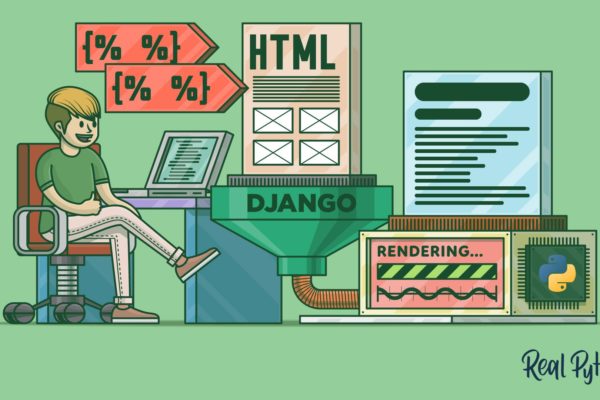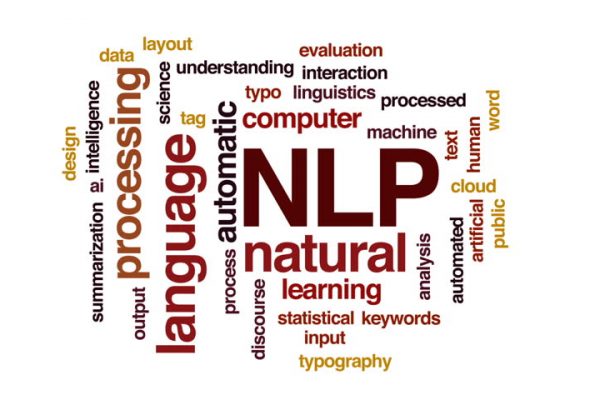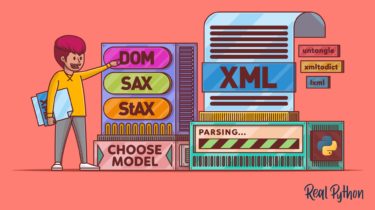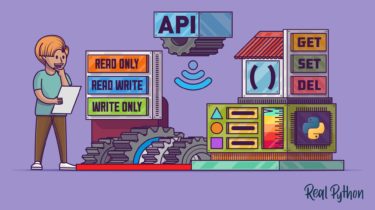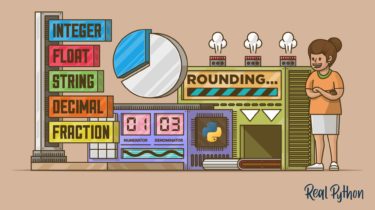Django Templates: Built-in Tags and Filters
Django is a powerful framework for creating web applications in Python. Its features include database models, routing URLs, authentication, user management, administrative tools, and a template language. You can compose reusable HTML that changes based on the data you pass to the template language. Django templates use tags and filters to define a mini-language that’s similar to Python—but isn’t Python. You’ll get to know Django templates through the tags and filters you use to compose reusable HTML. In this tutorial, […]
Read more